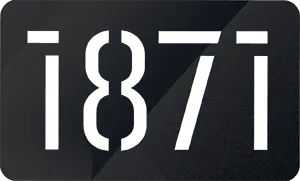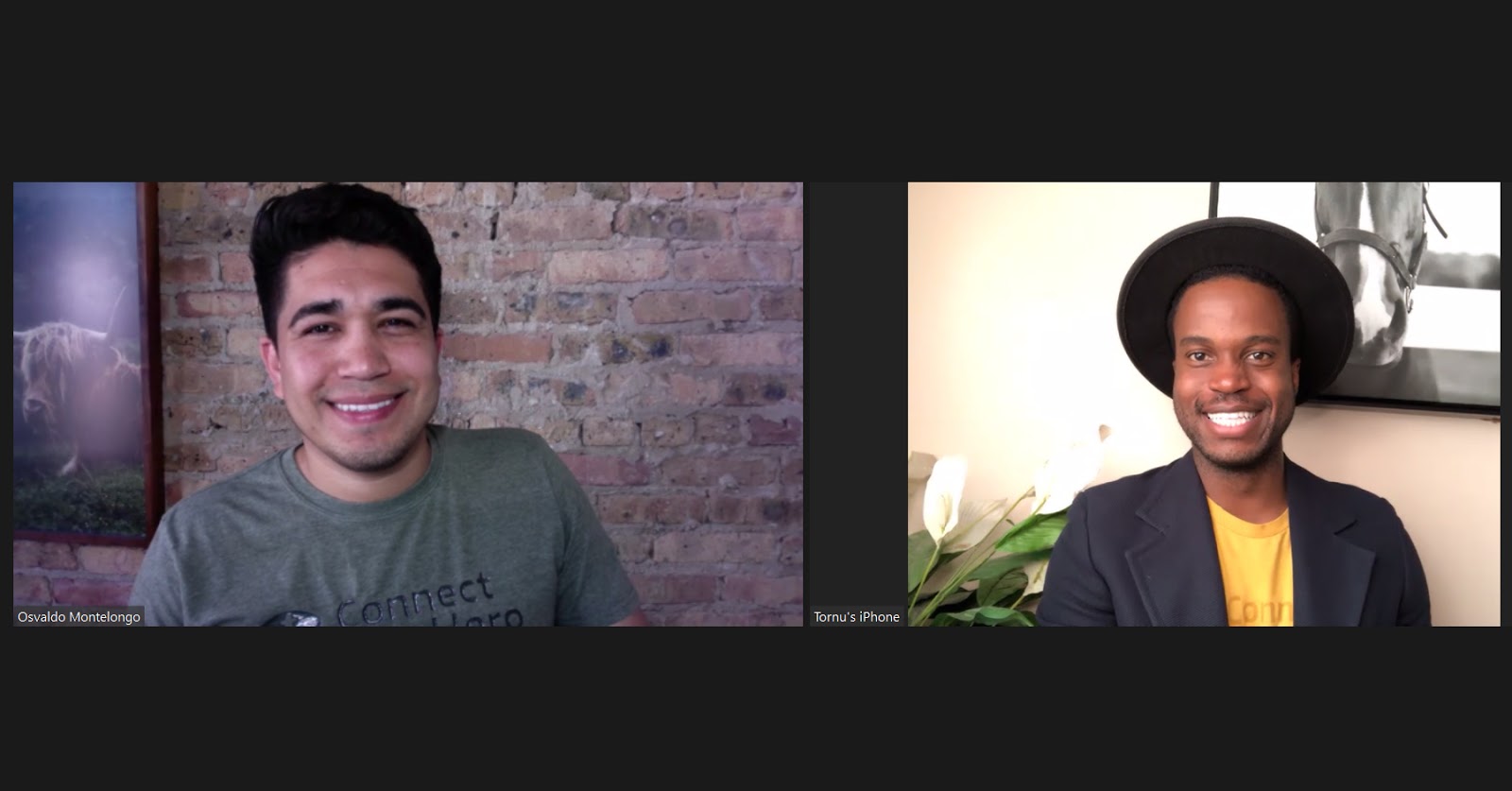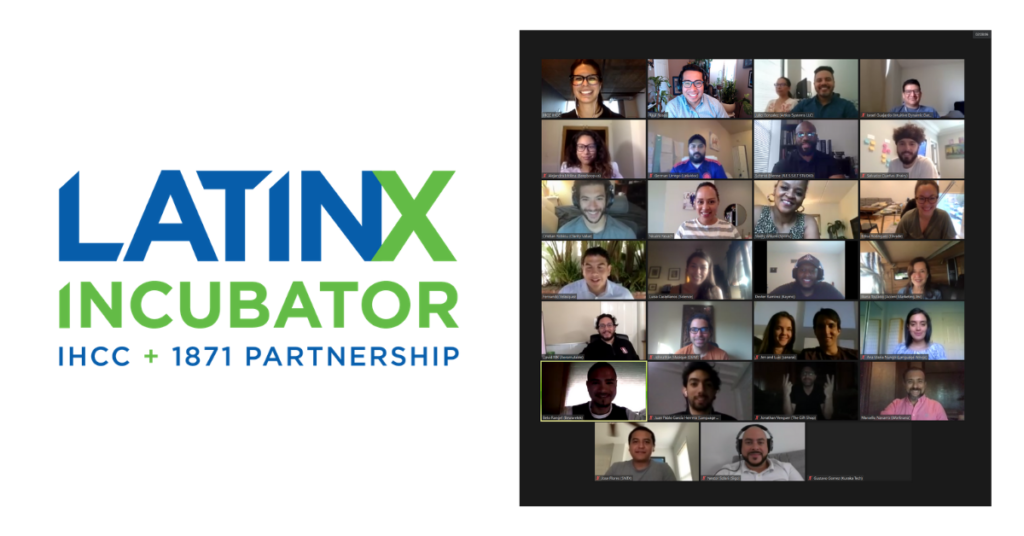
Help support the next generation of UX Practitioners by putting them to work on your unique business challenges. Sign up to participate in General Assembly’s Client Project Program today!
How It Works:
• Clients are assigned a small team of UX design students, who collaborate with them to provide research and design for an app, website, or product in 3-week sprints.
• Your participation will give our UX Design students the opportunity to scope and execute work for real companies with real business needs.
• As a client, you get deliverables and valuable insights free of charge; our students get to apply their skills to real business needs.
If selected, you will be required to attend two virtual meetings (via Zoom) for project kickoff and project delivery:
• Project Kickoff: Tuesday, September 8, 2020 (1-2 hours, exact time TBD)
• Project Presentation: Monday, September 28, 2020 (1 hour, exact time TBD)
Additionally, you’ll need to be available via email and phone approximately 3–5 hours a week for your design team. For the kickoff and final presentation meetings, you are more than welcome to invite members of your own UX, Front-End Development, and Stakeholder teams.
You will also need to provide the following:
• Existing metrics and analytics
• Design files and assets (style guides, fonts, etc.)
• Access to the site, product and/or feature in development
For more information and submit your company for consideration, please click here!







